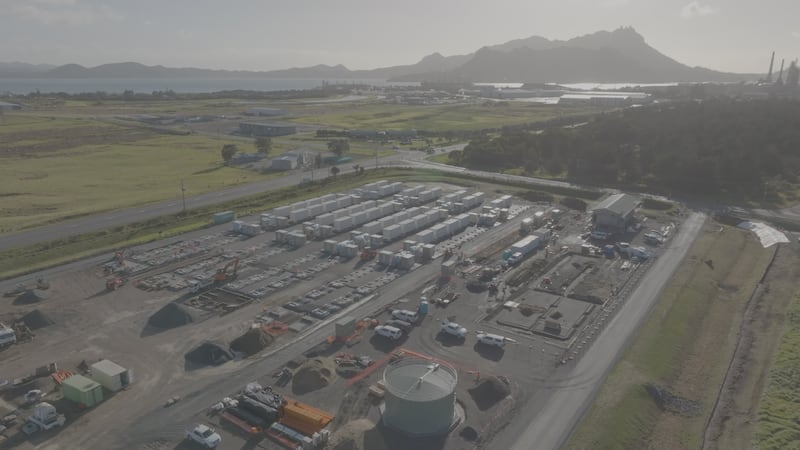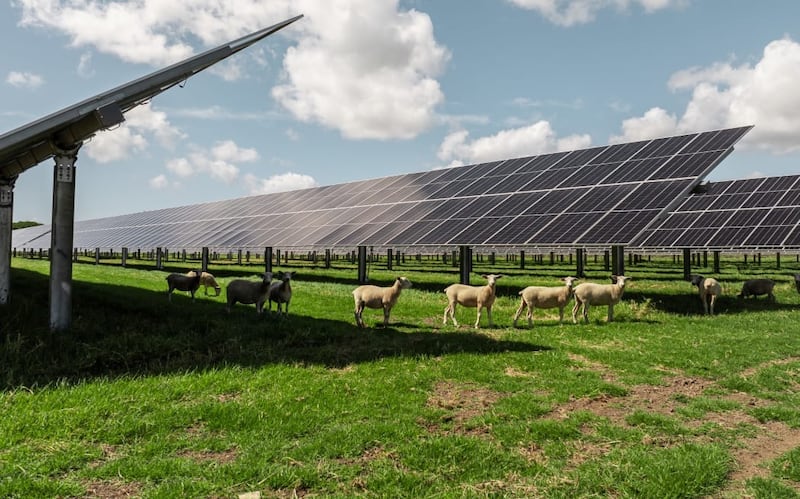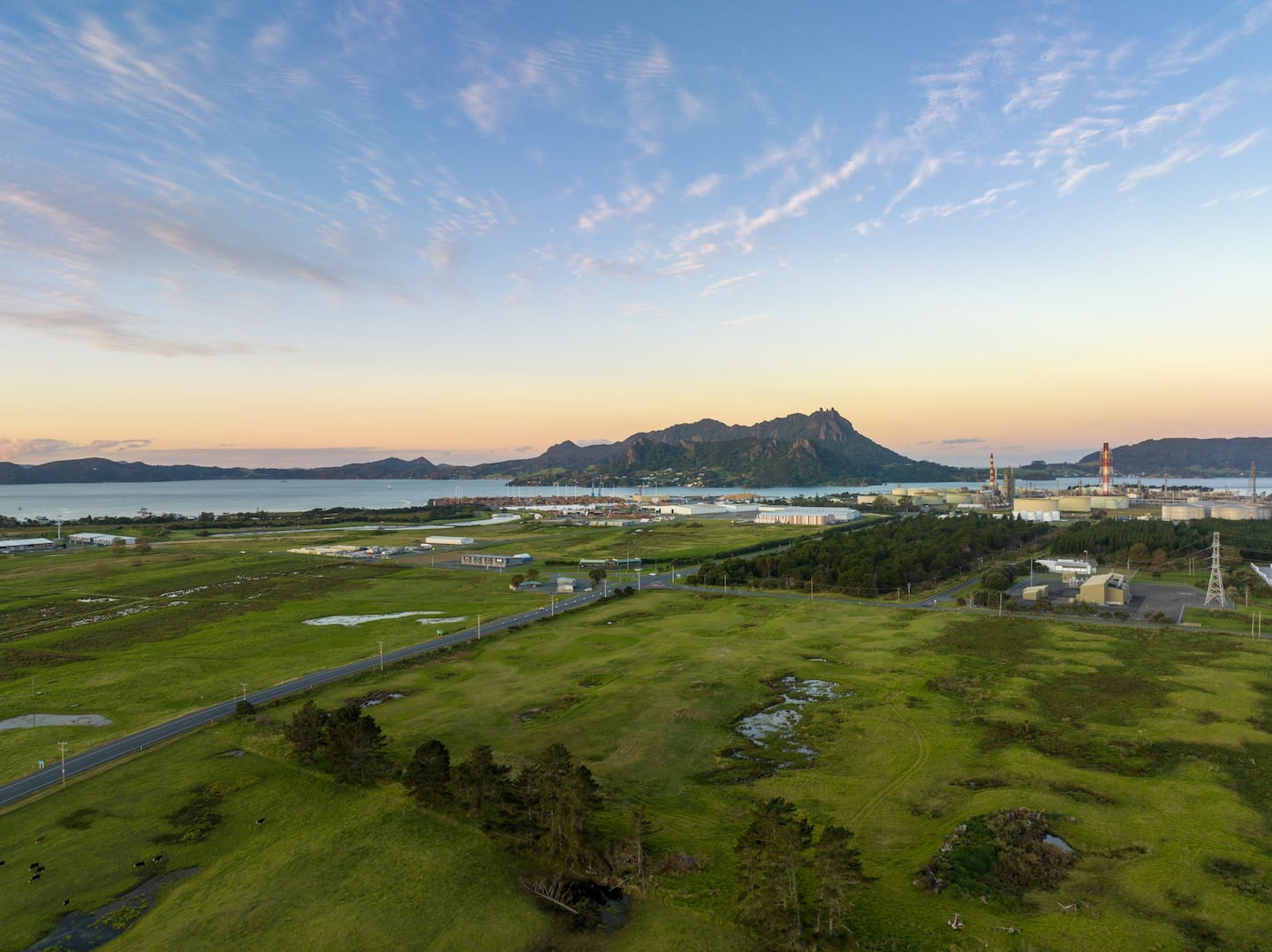Whangārei Mayor Vince Cocurullo says a new $200 million solar farm in Bream Bay’s Ruakākā is a major step towards building Te Tai Tokerau’s resilience.
The new $200 million solar farm will be part of a $386 million renewable energy investment at Ruakākā by major power company Meridian Energy Limited (MEL)’s and is expected to be completed in late 2026.
It will grow the company’s Ruakākā energy park investment where it has already started building New Zealand’s first battery energy storage site, expected to be completed early next year.
Cocurullo said the solar farm and battery storage would build better resilience in the face of any future region-wide power outages caused by major events such as Cyclone Gabrielle and Transpower pylon failure.
He said the new solar farm would greatly benefit Bream Bay in particular, but all of the region as well.
Electricity failure has been identified by Northland Civil Defence in the top quarter of hazards facing the region.
Cocurullo, who is also Northland Civil Defence Management deputy-chair, said the provision of locally-produced power was critically-important in during major region-wide power failures.
More than 60,000 Northland homes were without power in 2023 in the wake of Cyclone Gabrielle hitting the region, with many of those still left without the essential infrastructure several weeks later. Meanwhile 100,000 Northlanders were affected in June when a Transpower’s main trunk line power pylon at Glorit south of Wellsford fell over due to worker error.

Independent hearings commissioners for Northland Regional Council (NRC) have granted an application by the company to build the solar farm. Whangārei District Council (WDC) granted its project consents in February.
The facility will be built across three blocks covering 172 hectares or the equivalent of about 245 rugby fields. along currently farmed land behind the northern section of pristine white sand Ruakākā Beach. It will be built across three blocks from near Ruakākā township in the south to the edge of the former Marsden Point oil refinery, now Channel Infrastructure.
There will be up to 250,000 solar panels installed to construct the 100-150MW farm which is forecast to produce 150-200GWh of electricity each year.
This is expected to produce enough power more than half of Northland’s homes.
Cocurullo said it was good to see a major boost to locally produced power on the horizon.
His expectation was that it would “positively impact” Northland power prices.
Construction of the $200 million farm is expected to start early next year, subject to an appeal period for the just-granted resource consents and final investment decision by Meridian Energy’s board.
Meanwhile the company’s $185 million battery energy storage site at Ruakākā is due to be completed early next year.
Meridian head of renewable development Rebecca Knott said the solar farm project would boost Northland’s reliance on electricity generated in other parts of New Zealand.
“We’re committed to increasing the amount of renewable electricity we generate and store so that we can help meet New Zealand’s growing demand for clean energy,” Knott said.

The solar farm’s NRC resource consent application was heard by independent commissioners David Hill and Sheila over two days in Whangārei in early August.
The development’s resource consent application indicated 17ha of permanent wetlands would be removed for the solar farm but proposed 18.86ha of new wetland creation, enhancement and restoration on the site.
The commissioners said the regional and national electricity generation benefits of the development were not disputed.
“The adverse effects of the activity, when considered in the round and with the mitigation prosed and positive effected accounted for, will be minor,” the commissioners said.
The new development will be Northland’s fourth major large-scale solar farm, after three others planned or under development in the Far North.
Lodestone Energy’s Kohira solar farm very close to Kaitāia’s northern outskirts is Northland’s only already-in-action solar farm. It started providing power to the national grid in February.
Construction began in April on a second, long-awaited solar farm at Pukenui near Houhora north of Kaitāia.
Site works have started for a third Far North solar farm at Pamapuria, 10km east of Kaitāia.
Northland became New Zealand’s first renewable energy zone in late 2022.
Cocurullo said the Ruakāka development was in a location with adequate power transmission line capacity to get its renewable energy into the national grid.
However this capacity needed boosting for the rest of the region, to get developing renewable energy produced in Northland into the national grid.
Local Democracy Reporting is local body journalism funded by RNZ and NZ On Air


